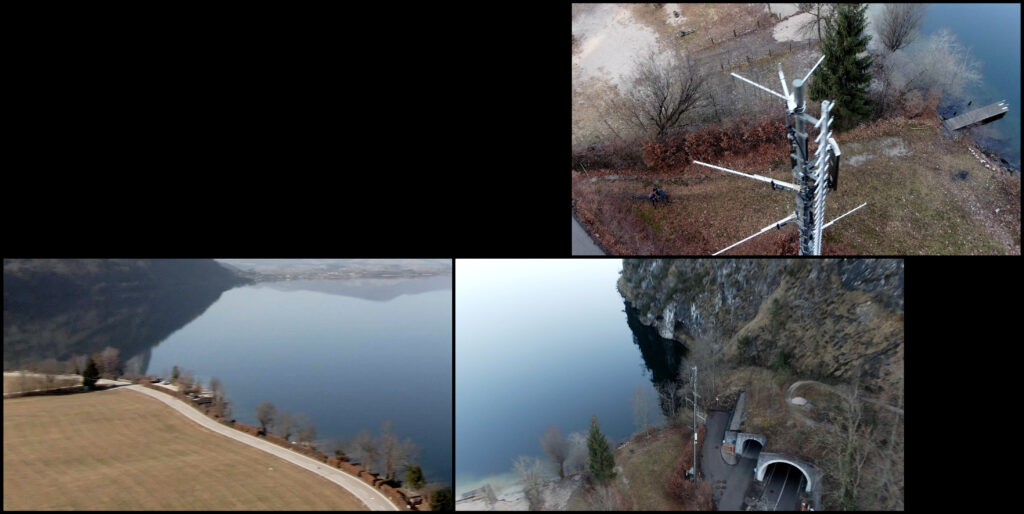GPC STREAMS (#5) Next Stop
■ DATE:
■ LOCATION:
GPC Online Screen
■ ARTISTS:
■ CURATED BY:
When James Watt improved the steam engine in 1776, he likely did not anticipate that it would become an emblem of a future geological era now referred to as the Anthropocene. Adapted for movement on steel rails that spanned vast distances, the steam engine initiated a radical transformation of space and time, significantly influencing life, production, and the very soil beneath it. Once essential for the circulation of people and goods, large portions of the railway system eventually became obsolete, outpaced by more profitable modes of transportation and the shifting locations of extractive sites (maps of abandoned railways are a telling reminder of these ruins). And yet, even today, the railway still holds the promise of “prosperity,” exemplified by the New Silk Road initiative: an ambitious infrastructure project set to establish the fastest rail link across Eurasia, representing a massive effort to further optimize globalization and boost economic profit.
The temporal paradox between obsolescence and promise, ruin and construction, as well as the maintenance of a system and its sabotage, becomes evident through the three films that compose "Next Stop," whose protagonists are railways systems in Austria, Spain, South Caucasus, and Caspian regions. From fragmented screen tales to experimental documentaries and meditative explorations, each work follows steel lines that demonstrate their embeddedness in the landscape, the political context, the economic influxes, and the labor around them. Through three distinct aesthetic and narrative approaches, "Next Stop" aims to attend to that which the train implies, not only in material, historical, or sociopolitical terms but also in its specific form of motion and vision.


Program
■ LISA TRUTTMANN: TRACKS I-III
AT, 2021, 20:00 min.
Inspired by phantom rides—films from the late 19th century shot from the front of moving trains—"Tracks I-III" follows old and new technological traces that have shaped movement and representation. Historical landscapes once captured along railway lines are now reimagined through a carefully fragmented scenery, where motion splits, diverges, and advances in all possible directions. Truttmann’s playful exploration of spatial and temporal dislocations is grounded in a specific location and its history: a section of the "Ischlerbahn," one of Austria's first major long-distance rail lines, which was closed in 1957 despite strong protests from all segments of the population.
■ TEKLA ASLANISHVILI: A STATE IN A STATE
GE, DE, ES, 2022, 47:00 min.
Peeking out from a bedroom window, "A State in a State" opens with a personal presence and its coexistence with the nearby railway line. From this intimate perspective, the film broadens its focus to explore the historical, geopolitical, and economic dimensions related to the construction and fragmentation of railroads in the South Caucasus and Caspian regions. This expanded view attentively observes the complex entanglements between transport networks and political borders, revealing how railway networks can serve as potential instruments for political and social acts of sabotage.
■ GRETA ALFARO: DECIMOCUARTA ESTACIÓN (FOURTEENTH STATION)
ES, 2019, 41:05 min.
"Decimocuarta estación (Fourteenth Station)" is a unique portrait on the rails of the so-called “emptied Spain”, rural areas of interior Spain that have experienced immense depopulation since the 60s. Through this moving portraiture, Alfaro invites us on a meditative journey where travel becomes an act of observation and vice versa. Typically presented in an installation that creates a seamless loop, where the motion becomes infinite, Alfaro’s work proposes a technically sophisticated and poetically infused contemplation that not only brings us to a wide range of spaces but also encompasses simultaneous temporalities.